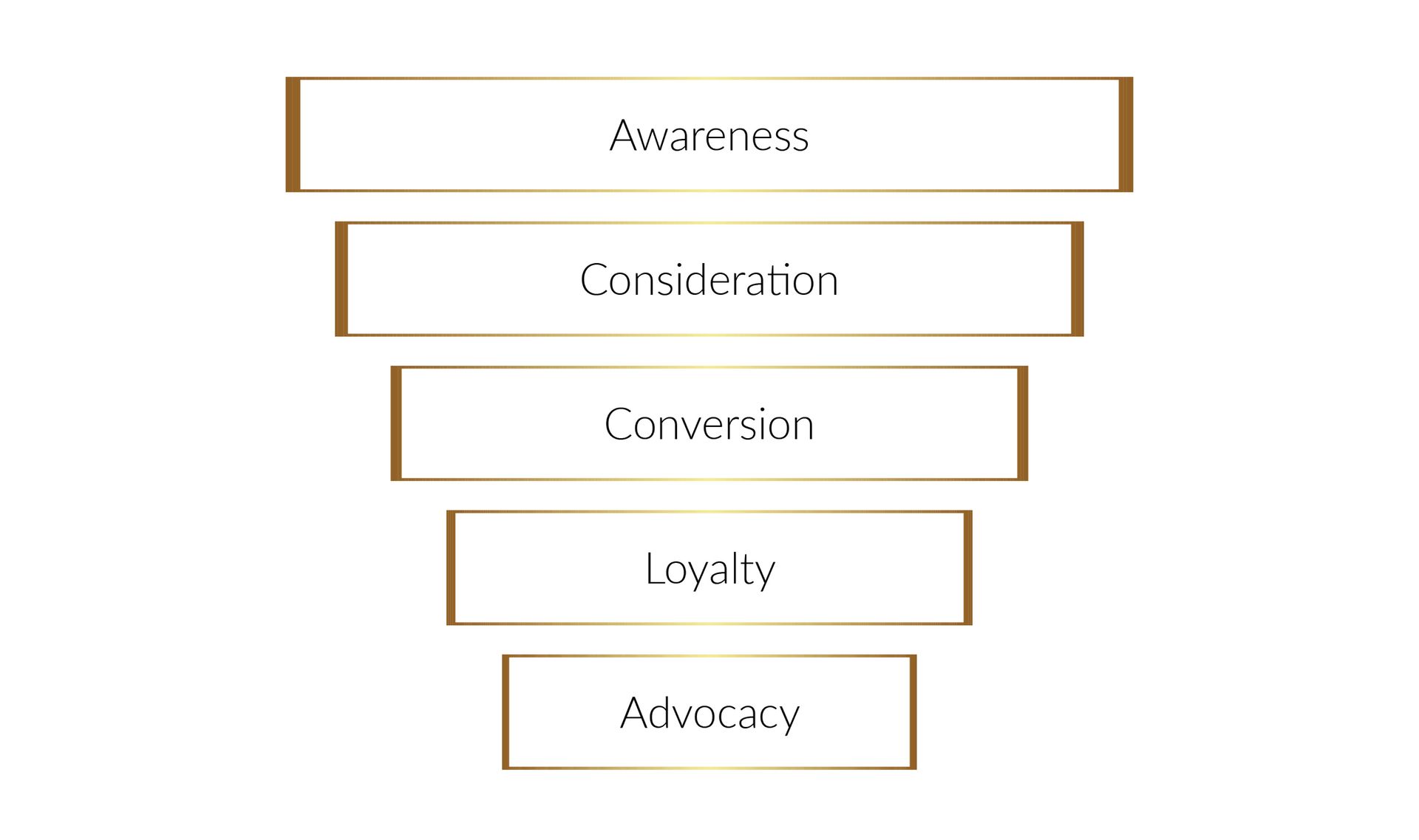Understanding the Retirement Worries of Young Employees: A Call to Action for HR Professionals
Addressing the Retirement Concerns of Gen Z and Millennials: Strategies for HR Professionals to Engage a Worried Workforce

The modern workforce is increasingly worried about retirement. Gen Z and millennials, in particular, are showing an unexpected level of concern, leading them to outpace older generations in 401(k) contributions. What does this mean for HR professionals, and how can we adapt to these trends? Let's dive into the recent findings reported by Jane Thier on August 10, 2023, for Fortune, based on Bank of America's Q2 2023 Participant Pulse report.
A Closer Look at the Numbers
The report reveals that 19.3% of Gen Zers and 11% of millennials increased their contributions to their 401(k)s last quarter, higher than Gen Xers and baby boomers at 9.7% and 7.8% respectively according to Bank of America. Economic uncertainties, including two recessions before age 40, the volatile housing market, student debt, and sky-high inflation, have shaped this behavior among the younger generations.
The HR Perspective: Navigating Retirement Concerns
As HR professionals, we must recognize these trends and consider them in our employee benefits strategies. Here's how:
- Educate and Engage: Provide educational resources and tools to help employees understand the benefits of starting to save early for retirement, even if it's only 1% to 2% of their earnings. As mentioned in the report, "every dollar you put away in your twenties becomes $17 by the time you retire" at a modest 6.5% annual return.
- Tailor Benefits Packages: Millennials and Gen Z are increasingly concerned about their financial future. HR must tailor benefits packages that address these concerns, offering flexible saving options and robust retirement plans that cater to the unique needs of different age groups.
- Promote Financial Wellness: Hosting workshops, providing one-on-one financial counseling, or partnering with financial institutions for personalized guidance can ease retirement anxieties. It can help young professionals make informed decisions, aligning with the observation from BofA's managing director of external affairs, Lisa Margeson, that contribution rates can reveal how participants feel about retirement.
- Monitor and Adjust: Keep an eye on industry trends and regularly solicit feedback from employees to ensure that your organization's retirement plan aligns with their needs and expectations.
The Bank of America's report underscores a crucial shift in the mindset of the younger workforce. As HR professionals, we must be attuned to these trends, empathizing with the unique challenges faced by different generations, and designing our retirement benefits accordingly.
The lessons from the report are clear: Start 'em young and acknowledge the power of compound interest. In an age where retirement may feel out of reach for many, HR has a vital role in guiding, educating, and supporting employees on their journey to financial security.
Read the original article by Jane Thier here.




